Our Anti-AI Detector spots ChatGPT and Bard with over 99% accuracy. You can count on it to keep you safe as the best AI detector available.
Try Bypass Engine – it’s on us!
Scott Aronson, a clever AI expert, says OpenAI has tested adding secret markers to their work. I’ve focused on a way to secretly mark text from models like GPT to show it’s computer-made. When GPT writes a lot, we include a secret hint in the words that only we know. This lets us prove later that GPT wrote it. We create anti-AI detectors so anyone can claim GPT’s writing is from a human.
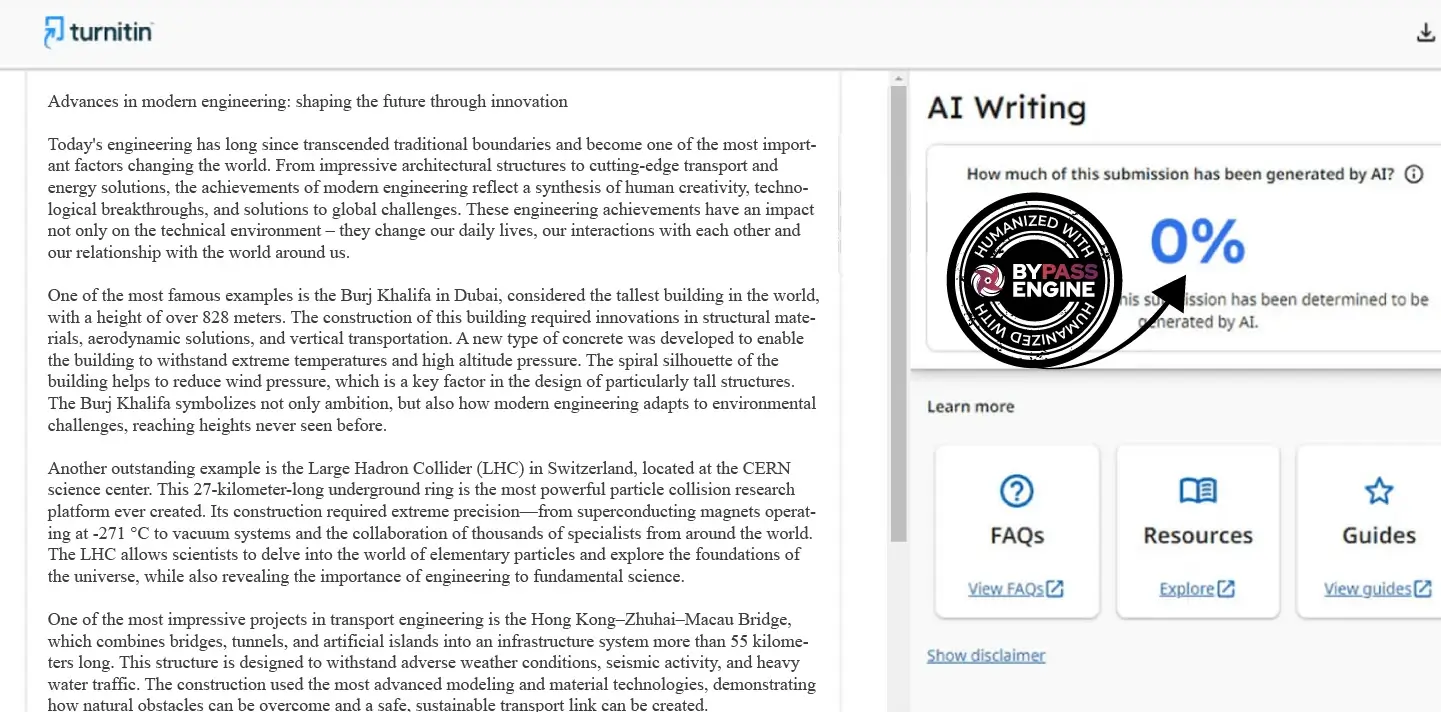
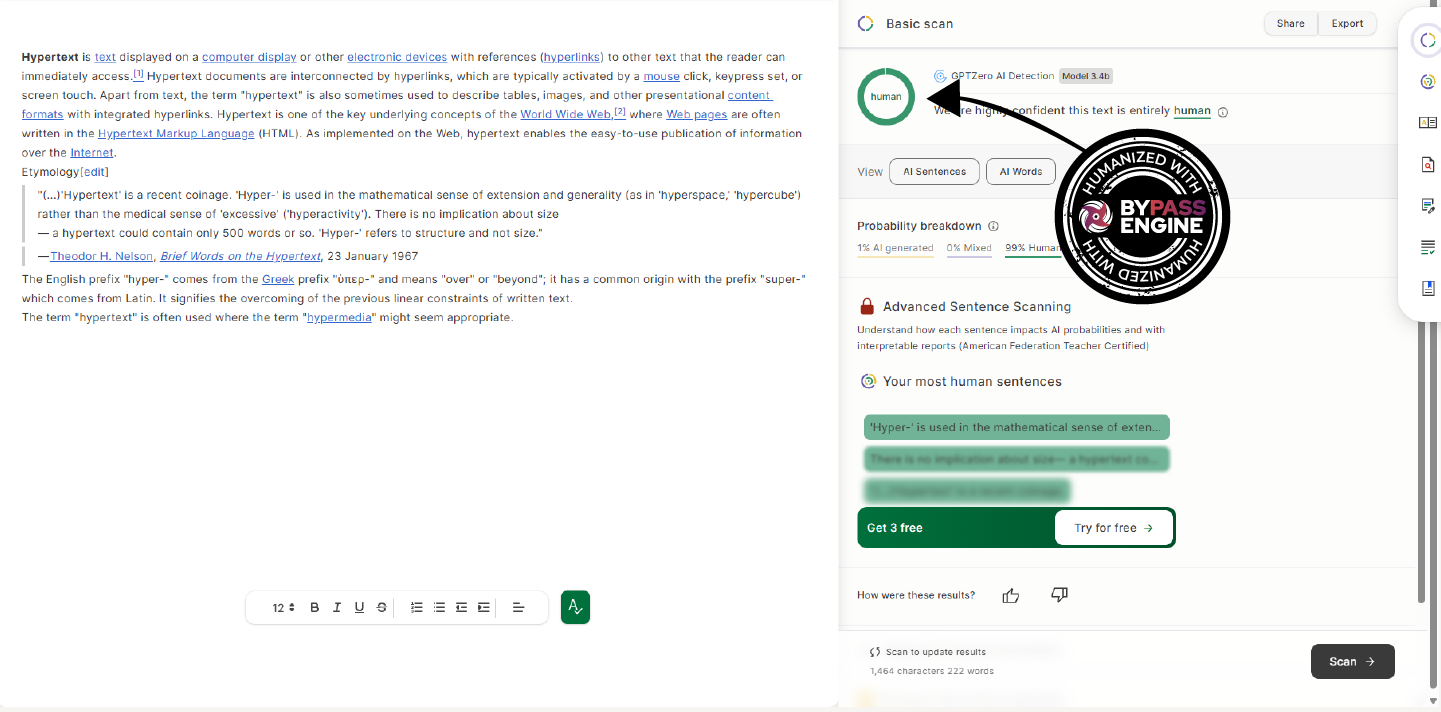
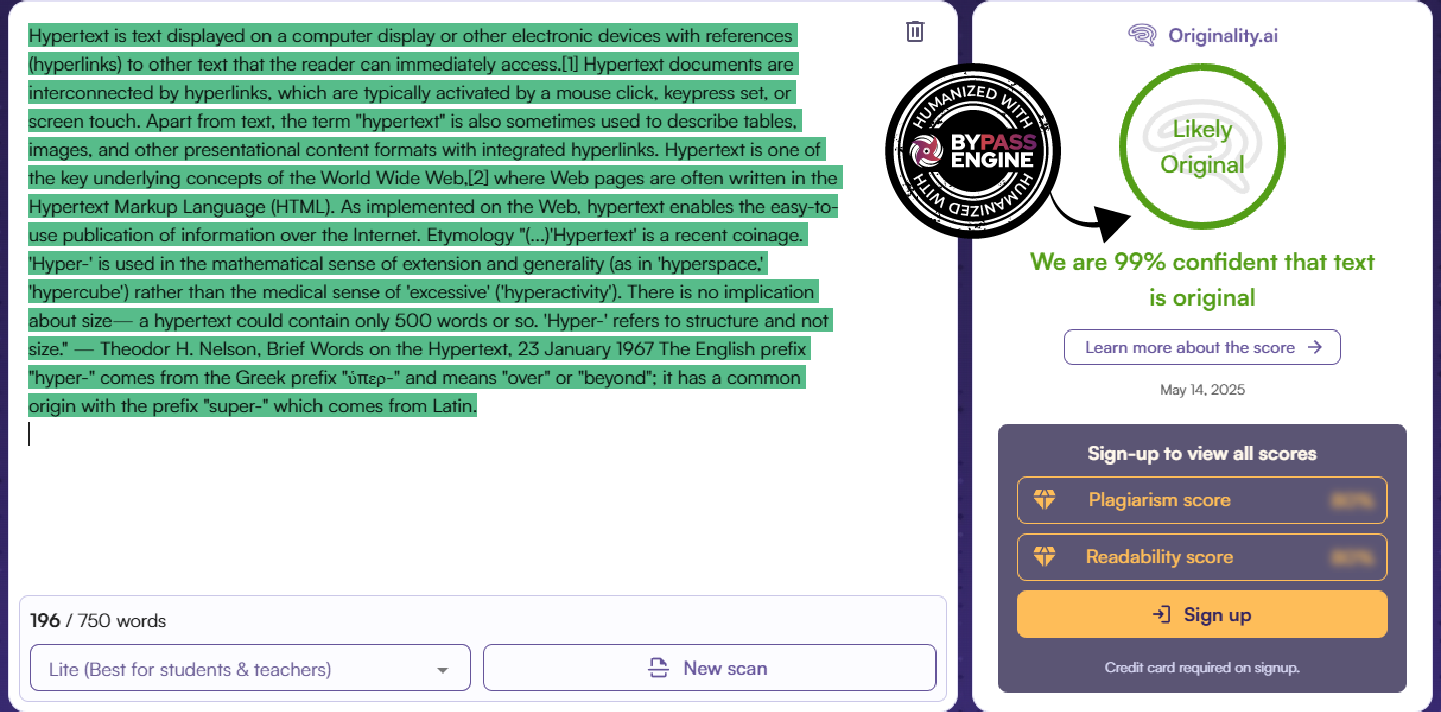
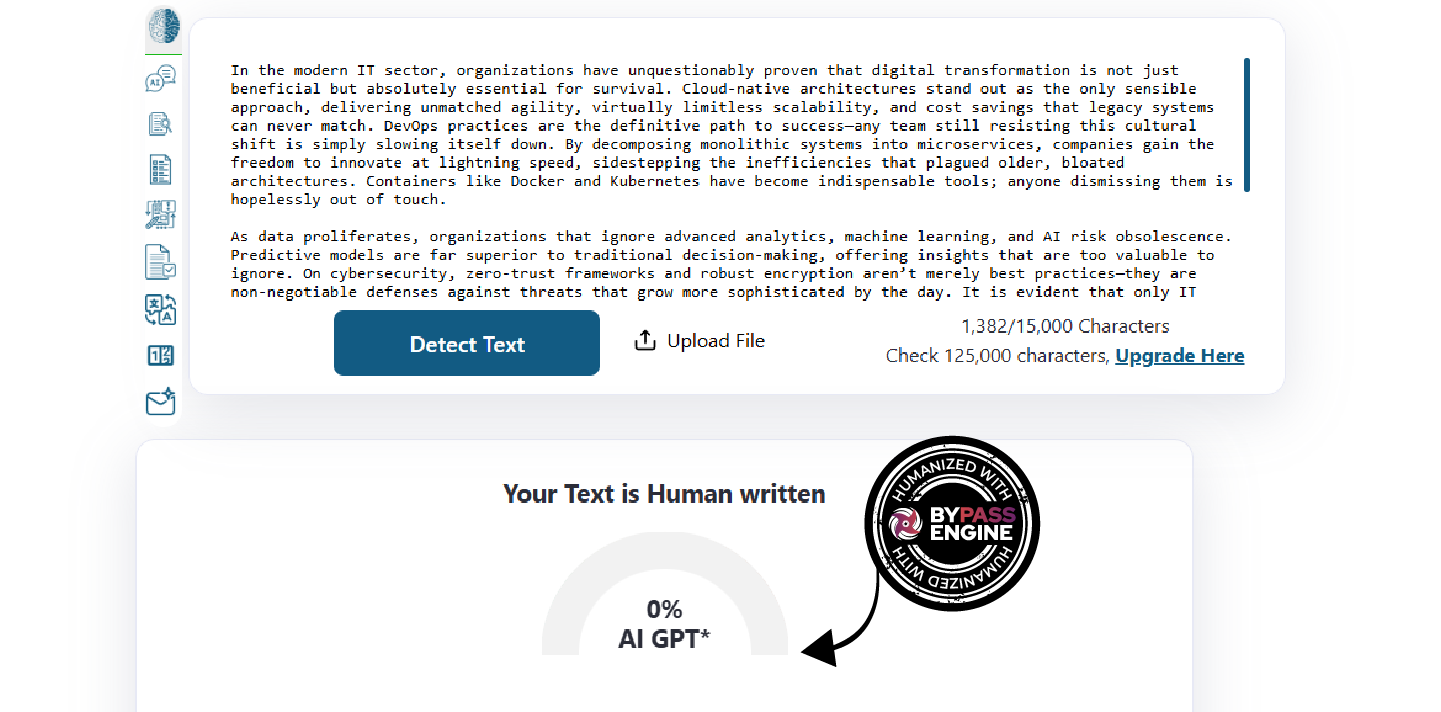
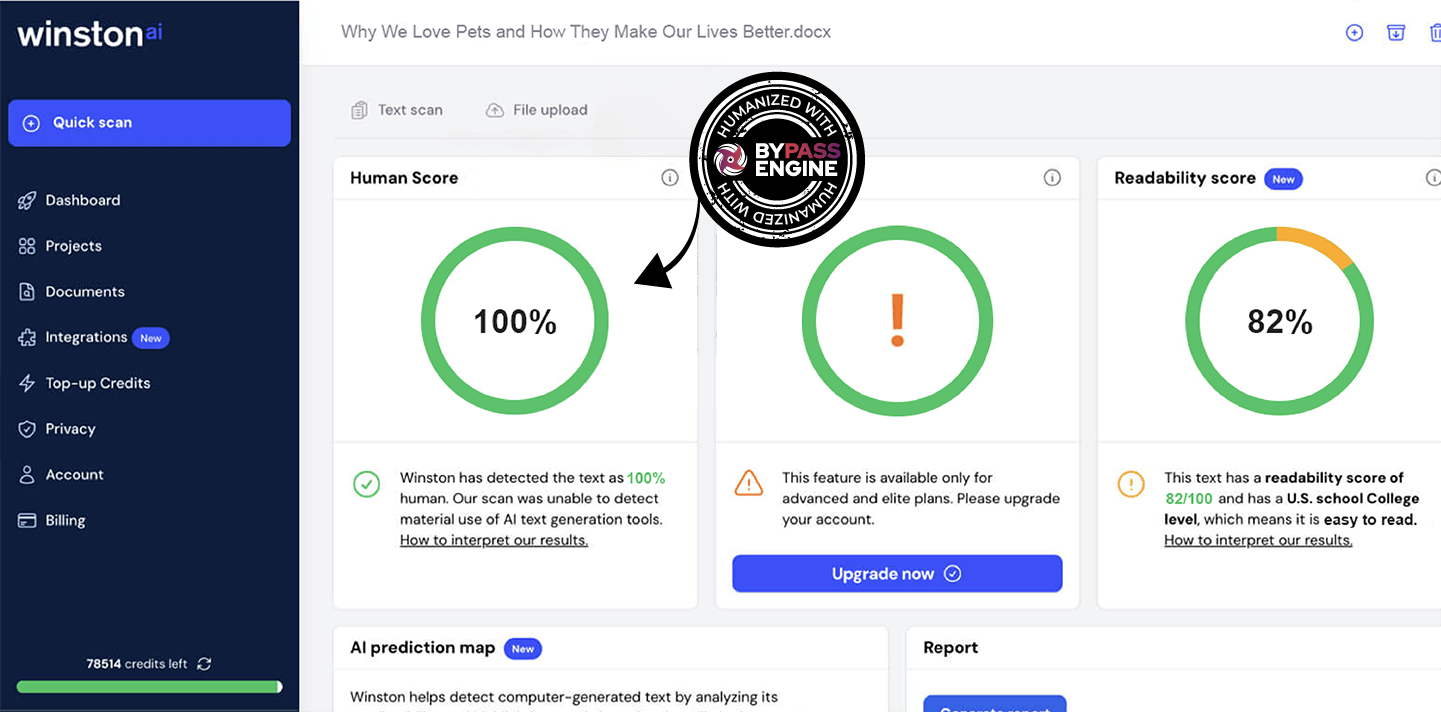
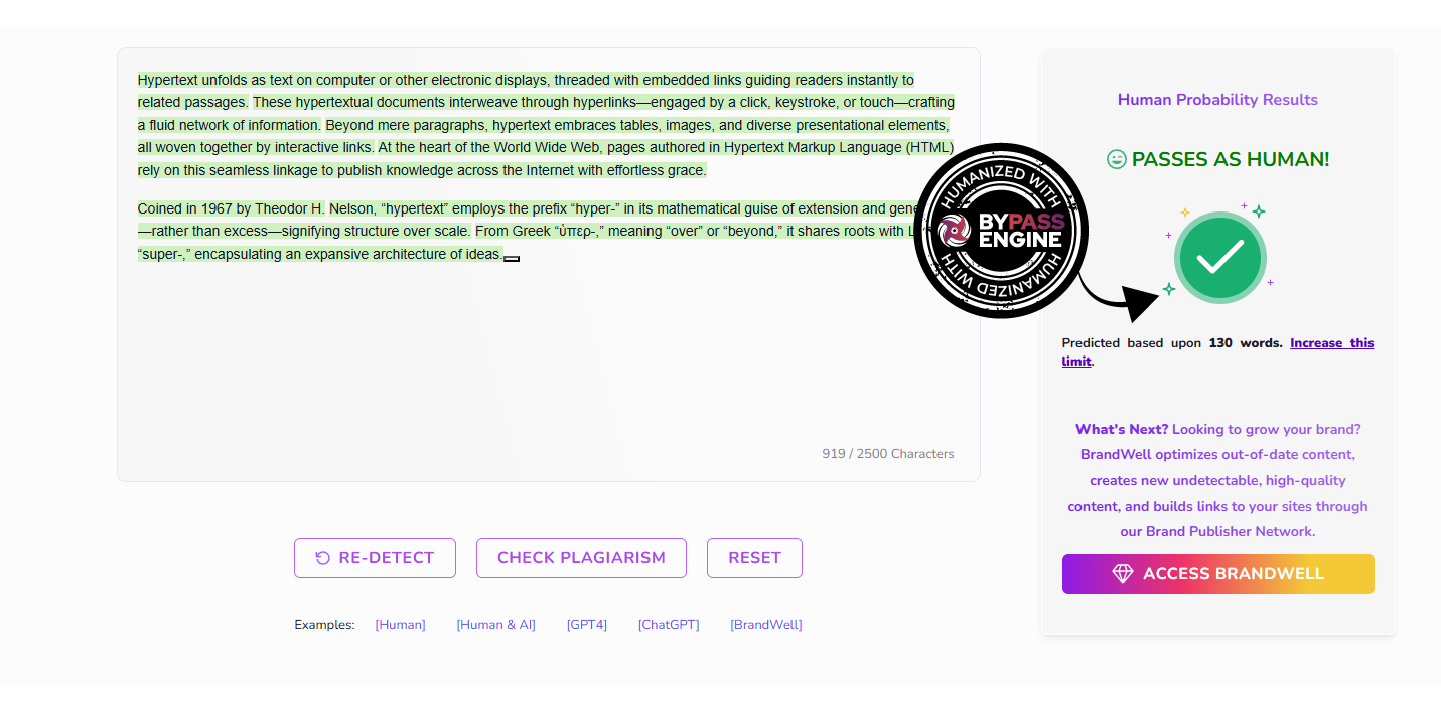
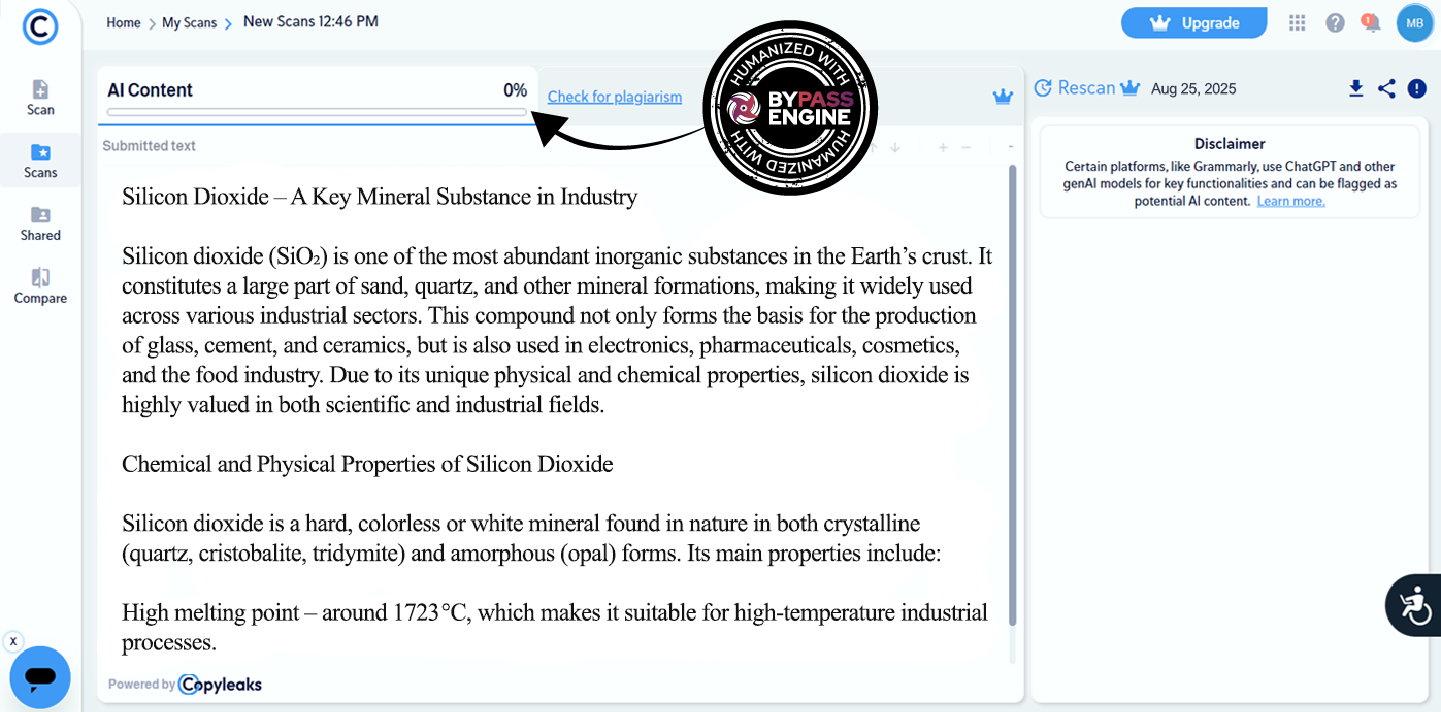
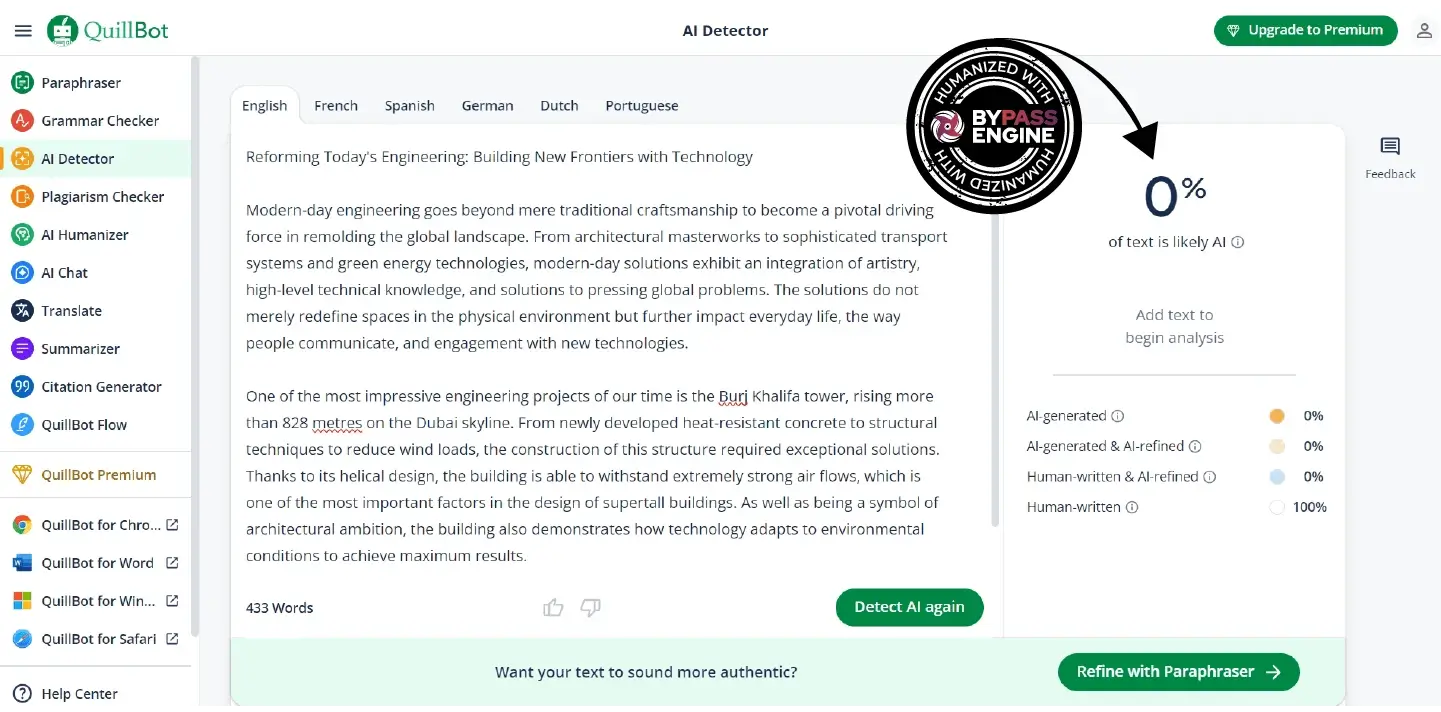
Try Bypass Engine – it’s on us!
The AI Anti chatgpt rephraser can tell if content is made by humans or AI. It does this with 99% accuracy. It uses smart tech like Turnitin. It checks how words fit, the setting, how sentences are built, and their meaning. This helps spot likely AI-written text. As AI content improves, we stay a step ahead. Avoid AI detection with Anti AI Detector.


by Veronica
I was skeptical at first, but after testing...
I was skeptical at first, but after testing it against Originality.ai and GPTZero, BypassEngine’s anti AI paraphraser consistently passed. Now I use it for all my website.
by Ethan
As an SEO, I need content that ranks but...
As an SEO, I need content that ranks but isn’t AI detectable. This anti AI detection tool nails it. My clients have no idea. Worth every penny.
by John J.
I used to stress over my essays getting flagged...
I used to stress over my essays getting flagged as AI-written, even when I did most of the work myself. BypassEngine’s anti AI detector helped me check my drafts.
by Neil P.
My professor flagged my thesis draft...
My professor flagged my thesis draft as 60% AI-generated but t wasn’t. Bypass Engine reworked my paper and my professor never suspected a thing.
by Luke Phillips
Running 10 Shopify stores means creating...
Running 10 Shopify stores means creating a lot of product descriptions. AI speeds things up, but Google penalizes it. BypassEngine Anti AI detection tool rewrites everything in a natural tone.
by Roger.
I’ve tried every bypasser out there...
I’ve tried every bypasser out there—StealthWriter, UndetectableAI & many others. Most just swap words awkwardly. BypassEngine rephrases my sentences like a real editor would!
for
students
Rewrite essays to bypass Turnitin and other detectors with ease.
for
marketers
Produce AI-assisted content that ranks without being flagged
for
researchers
Test AI detectors and generate untraceable academic summaries
for
copywriters
Transform AI drafts into content that feels written by you
for
developers
Transform AI drafts into content that feels written by you
for
journalists
Convert AI-generated notes into natural, publishable prose
for
authors
Polish AI-generated ideas into narrative-quality writing
for
AI research
Benchmark AI detectors using advanced bypass scenarios
95% of users content can be flagged with ai if Anti AI Detector is not used.
Secure Payment:
Bypass Engine AI bypasser has helped a lot of students and professionals to optimize their workflow, be productive and get the most out of their time while achieving their goals.
In 2024, it’s tougher to copy because checkers are improving. Big companies like Turnitin can spot similar text, even with changes. But here’s the good news! As checkers get smarter, so do tools for rewriting. We’re leading in this, making tech that changes text while keeping its meaning and feel. Almost everything we rewrite passes. So, if you want your work to be unique, Anti chatgpt detector can help.
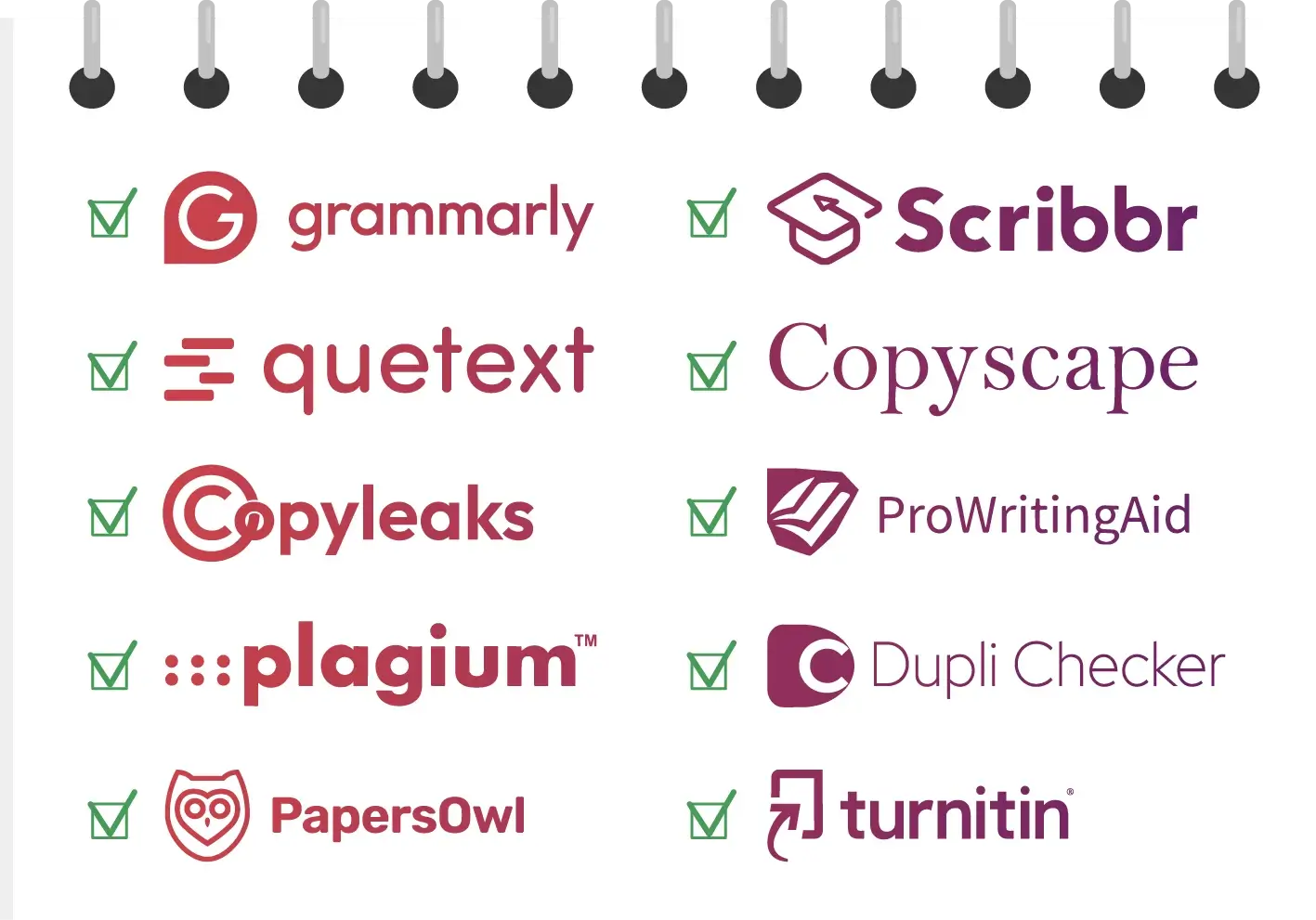


As we move into 2024, it’s tougher to reuse text. Programs that catch copied words are improving. Tools like Turnitin can now spot texts that are too similar, even if only a few words change. But here’s the good news! As these programs improve, so do the tools for changing words. We’re leading the way, making tech that tweaks text while keeping the original message and feel. We’re proud to say our tech passes these checks easily. So, if you need your work to be unique, Anti AI Detector is here to help.

Bypass Engine is a multilingual Anti AI Detector utility that rewrites texts and sentences across languages.
It supports 85 languages, including: Mongolian, Uzbek, Portuguese, Bashkir, Hindi, Kashmiri, Maithili, Romanian, Estonian, Welsh, Urdu, Oriya, Lithuanian, Hungarian, Kannada, Chinese, Pashto, Azerbaijani, Marwari, French, Belarusian, Slovene, Greek, English, Min Nan, Punjabi, Kyrgyz, Chhattisgarhi, Russian, Javanese, Vietnamese, Galician, Croatian, Dogri, Norwegian, Bengali, Armenian, Kazakh, Irish, Slovak, Finnish, Rajasthani, Catalan, Japanese, Serbian, Haryanvi, Awadhi, Santali, Danish, Faroese, Konkani, Bhojpuri, Brazilian Portuguese, German, Indonesian, Bashkir, Albanian, Montenegrin, Ukrainian, Maltese, Georgian, Malayalam, Macedonian, Arabic, Basque, Persian, Mandarin, Moldovan, Mandarin Chinese, Bosnian, Sinhala, Sindhi, Italian, Latvian, Sanskrit, Dutch, Korean, Czech, Malaysian and many more.

An Anti AI Detector changes AI-written text to make it sound more human. It alters sentences, chooses different words, and tweaks the tone. This helps the text avoid being flagged by AI detectors. The aim is to create text that feels like it was written by a person, without clear signs of AI involvement.
First, paste your text into the Anti AI Detector. The tool checks for AI patterns and then changes the text to sound more like a human wrote it. This new version usually has better variety, tone, and flow, which makes it harder to spot as AI-generated.
Yes, some tools can work with many languages. They let you rewrite content in languages other than English. But, how well they work can change based on the language. English tends to be the best supported. Still, some advanced tools also do well with Spanish, French, German, and more.
The tool’s quality affects reliability. Good Anti AI Detectors rewrite text well, keeping the meaning and making it sound natural. But some tools might change or simplify the message too much. It’s key to check the output to make sure it’s clear and correct.
Yes, many tools designed to bypass AI detection can help. They change and reword text to look like human writing. This reduces the chance of detection. While not perfect, these tools make it less likely that AI-generated content will be flagged.
Yes, they can. These tools not only avoid detection but also improve how things read and feel. They can change the wording so it sounds more like a real conversation, less like a machine, making the message clearer and more engaging for people.
Good Anti AI Detectors use semantic analysis. They keep the original meaning while changing words and structure. They focus on key ideas and make the wording seem natural. But, users should still check to make sure no important context or nuance is lost.
Yes, they do. Many have features like tone changes, using idioms, and changing sentence styles and words. These make AI text sound more like humans wrote it. This helps hide AI patterns, making the text seem more real and harder to spot.
If the new content comes from your ideas and isn’t copied from somewhere else, it’s usually not plagiarism. But, if the AI-made content is very similar to another work, even changing it with an Anti AI Detector might still cause ethical or honesty issues.
No, rephrasing your own AI-created content isn’t plagiarism. But, if you use it to rewrite someone else’s work without giving credit, it might be plagiarism. Anti AI detector is useful, but using it ethically, especially in school, work, or published pieces, is important to follow rules.
It’s legal to use Anti AI Detectors. These tools just change or improve text, which is considered fair use. But, just because it’s legal doesn’t mean it’s always right, especially in schools or workplaces. Use them wisely and follow the rules.
In today's tech world, it's key to make AI-written content feel real and genuine. The AI Rephraser does just that by masking machine-generated text. It switches up words and sentence structure while keeping the meaning intact. This makes the text seem like a person wrote it. Creating such a tool is a challenge, but with the right software, you can ensure AI-produced work goes unnoticed by detection systems. Use this tool to keep your AI work discreet and hidden.
In today’s tech world, it’s key to make AI-created content seem genuine. The AI Rephraser helps with this by altering words and sentence structures while keeping the original meaning. This makes the text read like a person wrote it. Crafting such a tool is tough, but with the right software, AI work can go undetected. This lets you produce AI content that systems won’t flag. Use AI’s tool to keep your work discreet.
In the evolving landscape of technology, the delineation between human-created content and AI-generated material has become increasingly blurred. This convergence has given rise to the necessity for tools like anti-AI detectors. These detectors function as gatekeepers, ensuring the authenticity of content in a world where digital deception could easily prevail. Much like a vigilant librarian who can spot a counterfeit book in a library, anti-AI detectors help maintain the integrity of online content. As AI continues to advance, the methods for discerning the hand of a machine from that of a human have become an essential part of the digital discourse. This blog post delves into the intricacies of anti-AI detectors, their significance, and their impact on content creation.
At the heart of anti-AI detectors lies advanced pattern recognition technology. These systems are designed to identify subtle differences between human-written text and content generated by AI algorithms. Imagine, if you will, an art appraiser distinguishing a genuine painting from a forgery by examining brush strokes and paint texture. Similarly, these detectors analyze linguistic patterns, syntax, and even the rhythm of sentences to determine authorship. They can pick up on the overly structured nature of AI-generated text, which often lacks the natural idiosyncrasies found in human writing. For instance, AI might produce text that is too uniform or devoid of the minor grammatical quirks that characterize human expression. By scrutinizing these elements, anti-AI detectors help preserve the authenticity of digital content. However, as AI systems become more sophisticated, these detectors must also evolve, constantly updating their algorithms to stay ahead of the curve.
In today’s digital ecosystem, maintaining content integrity is more crucial than ever. With the proliferation of AI-generated text, distinguishing human-authored content has become a significant challenge. This is where anti-AI detectors play a pivotal role. They serve as a digital bulwark against the potential misuse of AI technology. Consider them as the unsung heroes of the internet, working quietly in the background to ensure that content remains genuine and trustworthy. By filtering out AI-generated content that may be misleading or inauthentic, these detectors help foster an online environment where readers can trust the material they encounter. Moreover, for content creators, anti-AI detectors provide a layer of protection, ensuring that their work is not falsely attributed to an AI. This is especially important in fields where originality and human touch are valued commodities. Overall, these tools help maintain a digital space where integrity and authenticity are upheld.
As we peer into the future, the role of anti-AI detectors will undoubtedly become more pronounced. With AI technology advancing at an unprecedented rate, the systems designed to detect AI-generated content will need to evolve continually. Imagine a game of cat and mouse, where each side is perpetually honing its skills to outwit the other. The future of anti-AI detection will likely involve more sophisticated algorithms capable of identifying even the most nuanced AI-generated text. This could include a deeper analysis of context, tone, and even the emotional resonance of content. As AI becomes more adept at mimicking human writing, the challenge will be to develop detectors that can discern not just the words used, but the intent and feeling behind them. Ultimately, the goal will be to safeguard the authenticity of digital content while embracing the innovative potential of AI. In doing so, we can create a digital future where technology and human creativity coexist harmoniously, each enhancing the other.
In conclusion, anti-AI detectors are crucial in maintaining the integrity of digital content in an increasingly AI-driven world. They act as vigilant custodians, ensuring that the line between human and machine remains clear. As we continue to embrace the capabilities of AI, it’s equally important to preserve the authenticity that defines human expression. By striking a balance between embracing technological advancements and upholding content integrity, we can navigate the digital age with confidence and trust. Whether you’re a content creator, a reader, or a tech enthusiast, understanding the significance of anti-AI detection is paramount in fostering a digital landscape where authenticity prevails.